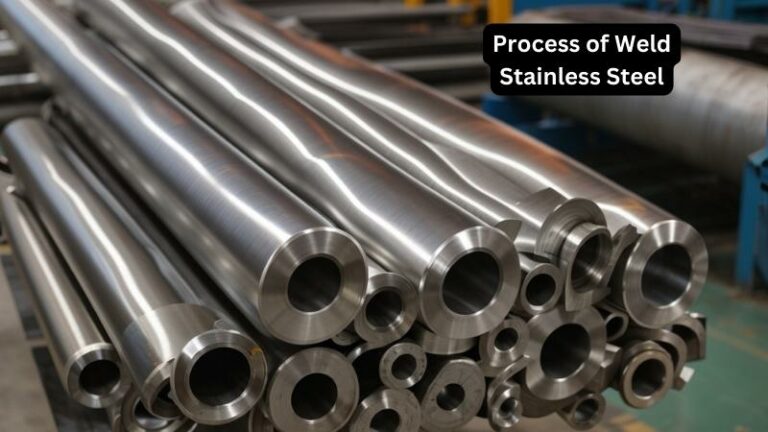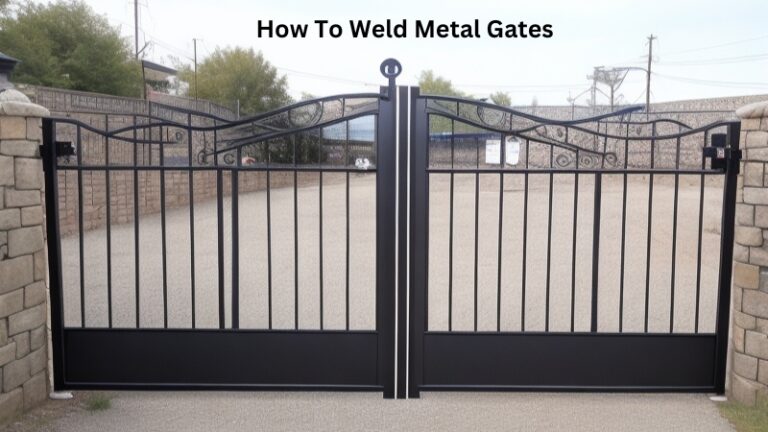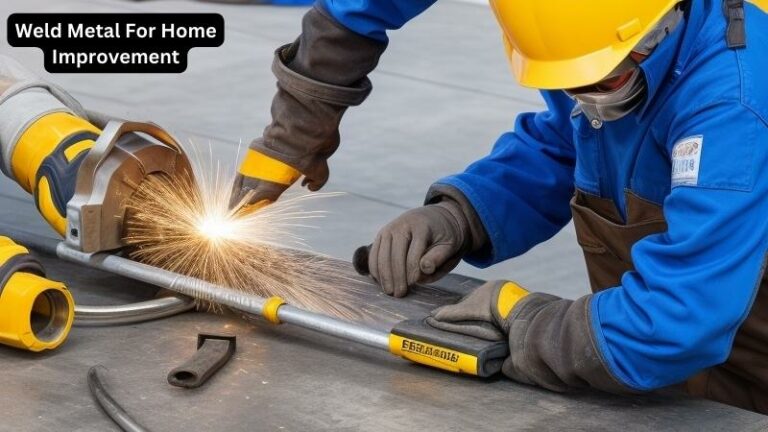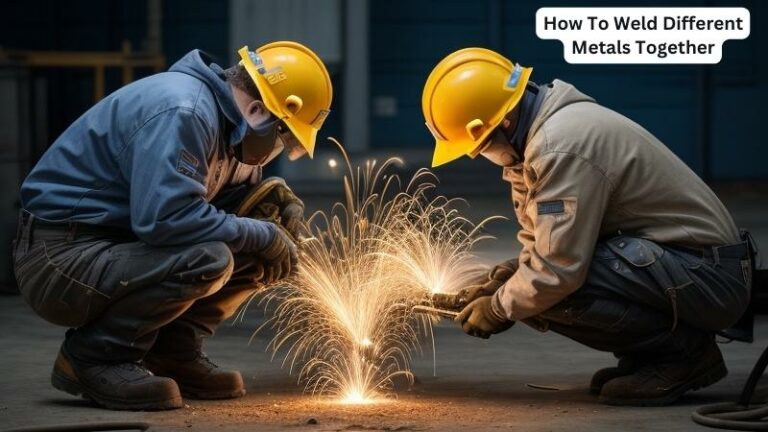How To Weld Thick Metal
Today we discuss How To Weld Thick Metal. Welding thick metal is a skill that stands at the forefront of modern engineering and construction. Whether you’re a seasoned welder looking to expand your expertise or a beginner eager to delve into the world of metalwork, mastering the art of welding thick metal is a crucial step toward achieving professional-level craftsmanship. In this guide, we will explore the essential techniques, tools, and safety measures needed to tackle the challenges that come with welding thick metal.
Welding thick metal requires a unique set of skills that go beyond the basics of traditional welding. As the thickness increases, so do the complexities involved in achieving a strong and durable weld. In this comprehensive guide, we will break down the process into manageable steps, ensuring that you have a solid foundation to tackle any welding project that comes your way.
From selecting the appropriate welding technique to understanding the importance of preheating and post-weld heat treatment, we will cover all the necessary aspects to help you weld thick metal with precision and confidence. So, grab your welding helmet, ignite your torch, and let’s dive into the fascinating world of welding thick metal!
How to Weld Thick Metal:
- Prepare the work area by cleaning the metal surface and removing any contaminants.
- Choose the appropriate welding method for thick metal, such as arc welding or oxy-acetylene welding.
- Ensure you have the correct welding equipment, including a heavy-duty welding machine and appropriate welding electrodes or filler rods.
- Set up the welding equipment according to the manufacturer’s instructions.
- Start the welding process by striking an arc or igniting the torch flame, depending on the chosen method.
- Move the welding torch or electrode along the joint, maintaining a consistent speed and angle.
- Allow the weld to cool gradually to prevent cracking or distortion.
- Inspect the weld for any defects and make necessary repairs if needed.

How to Weld Thick Metal:
Step 1: Prepare the Metal Surface
The first step in welding thick metal is to properly prepare the metal surface. Start by cleaning the metal using a wire brush or grinder to remove any rust, paint, or debris. Next, use a solvent such as acetone to remove any grease or oil. This will ensure a clean surface for the weld to adhere to. Once the metal is clean, use a grinder or file to bevel the edges of the metal. Beveling creates a V-shaped groove that allows for better penetration of the weld.
After beveling, use a degreaser to remove any oils or residue left from the grinding process. Finally, use a wire brush or grinder again to remove any remaining debris or scale. The surface should be clean and free from any contaminants before proceeding to the next step.
Step 2: Choose the Right Welding Process
When welding thick metal, it is important to choose the right welding process. The most common processes used for thick metal welding are stick welding (shielded metal arc welding) and flux-cored arc welding. These processes provide the necessary heat and filler material to create a strong weld.
Stick welding is a reliable and versatile process that can be used for welding thick metal. It uses a consumable electrode coated in flux to create the weld. Flux-cored arc welding, on the other hand, uses a continuously fed wire with flux in the core to create the weld. This process is ideal for thick metal as it provides deep penetration and high deposition rates.
Step 3: Set Up Your Welding Equipment
Before starting the welding process, it is important to set up your welding equipment properly. Ensure that you have the appropriate safety gear, including a welding helmet, gloves, and protective clothing. Position your welding machine in a well-ventilated area and secure the workpiece using clamps or a jig.
Next, set the welding parameters according to the thickness of the metal and the type of welding process you are using. Refer to the manufacturer’s guidelines for the correct settings. Make sure the electrode or wire is properly inserted and the grounding clamp is securely attached to the workpiece. Double-check all connections and ensure that the welding machine is in good working condition.
Step 4: Welding Technique
When welding thick metal, it is important to use the correct welding technique to achieve a strong and uniform weld. Start by striking an arc at the beginning of the weld joint and maintain a steady travel speed throughout the welding process. Keep the electrode or wire at the correct angle and maintain a consistent stick-out distance.
For stick welding, use a weaving motion to evenly distribute the heat and filler material. Make sure to fill the beveled groove completely for maximum penetration. For flux-cored arc welding, maintain a slight drag angle and use a slight weaving motion to achieve a wide and flat weld bead.
Step 5: Post-Welding Cleanup
After completing the weld, it is important to perform post-welding cleanup to ensure a smooth and professional finish. Use a wire brush or grinder to remove any welding slag or spatter. Inspect the weld for any defects or imperfections and make any necessary repairs.
Finally, apply a protective coating or paint to the welded area to prevent corrosion. This will ensure the longevity and durability of the weld.
Step 6: Test and Inspect the Weld
Once the post-welding cleanup is complete, it is essential to test and inspect the weld to ensure its quality. Perform a visual inspection to check for any cracks, porosity, or incomplete fusion. You can also use non-destructive testing methods such as ultrasonic testing or X-ray examination to detect any internal defects.
If the weld passes the inspection, congratulations! You have successfully welded thick metal. If any issues are found, make the necessary repairs and retest until the weld meets the required specifications.
Step 7: Finishing Touches
After testing and inspecting the weld, you can now apply any finishing touches to complete the welding project. This may include grinding down any rough edges, smoothing the weld bead, or applying additional protective coatings.
Remember to always follow safety guidelines and precautions when working with welding equipment and materials. Properly store and maintain your welding equipment to ensure its longevity and performance.
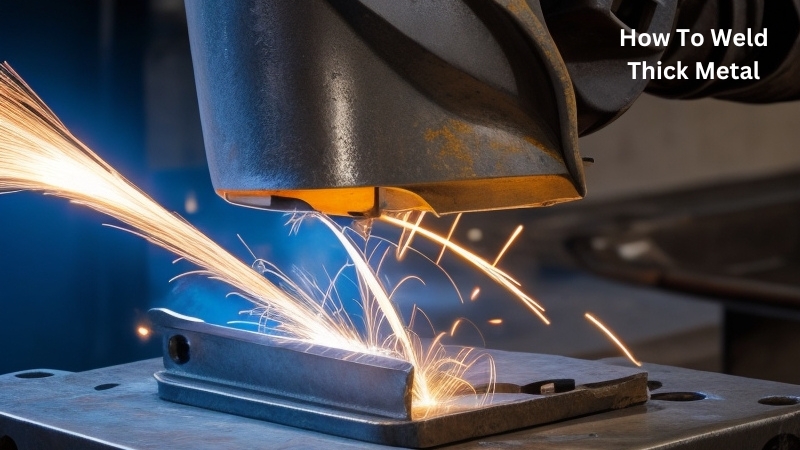
Faqs for How To Weld Thick Metal:
Before you start welding thick metal, it is crucial to properly prepare the surface. Here’s a step-by-step guide:
First, clean the metal surface thoroughly to remove any rust, paint, or contaminants using a wire brush or sandpaper. Next, ensure the joint gap is appropriate for the thickness of the metal you are working with. It is recommended to use a bevel or V-groove joint for thicker metals to ensure proper penetration and strength.
Once the surface is clean and the joint is prepared, it is important to preheat the metal. Preheating helps minimize the cooling rate and prevents cracking. The preheating temperature will depend on the thickness and type of metal being welded, so consult the welding procedure specifications (WPS) for specific guidelines.
When welding thick metal, the most commonly used welding processes are shielded metal arc welding (SMAW), gas metal arc welding (GMAW), and flux-cored arc welding (FCAW).
SMAW, also known as stick welding, is a versatile process suitable for thick metal due to its high heat input and deep penetration capability.
GMAW, or MIG welding, is another popular choice as it provides high deposition rates and good control over the welding process. FCAW is similar to GMAW, but the flux-cored wire used provides better penetration and is well-suited for thicker materials.
When welding thick metal, it is important to choose the right filler metal to ensure proper strength and weld integrity. The selection of filler metal will depend on the type of base metal being welded.
For carbon steel, electrodes with low hydrogen content are preferred, such as E7018 for SMAW or ER70S-6 for GMAW. These electrodes offer good strength and ductility. For stainless steelhttps://toolintro.com/how-to-weld-metal-with-a-mig-welder/https://toolintro.com/how-to-weld-metal-with-a-mig-welder/, electrodes like E308L or ER309L are commonly used.
For other types of metals, consult the welding filler metal manufacturer’s recommendations or refer to the appropriate welding codes and standards.
When welding thick metal, it is recommended to use a multipass welding technique. This involves making multiple passes to achieve complete joint penetration and ensure proper fusion between the base metal and the filler metal.
One common technique is the “backstep” or “step-back” method, where you start welding from the end of the joint and progressively move backward. This technique helps control the heat input and reduces the risk of cracking. Another technique is the “weave” or “whip” technique, where you move the electrode in a zigzag pattern to evenly distribute the weld metal.
Welding thick metal can lead to significant heat buildup and subsequent distortion. To minimize distortion, there are several techniques you can employ:
First, use proper fit-up and tack welding to ensure the joint remains in alignment during the welding process. Additionally, consider using fixtures or jigs to support the workpiece and prevent excessive movement. Another effective technique is to weld in a balanced sequence, alternating between sides of the joint to distribute the heat evenly.
Lastly, controlling the heat input is crucial. Avoid excessive heat buildup by using proper welding parameters, including travel speed and current settings. Preheating and post-weld heat treatment can also help relieve residual stresses and reduce distortion.

Source: ytimg.com
conclusion:
mastering the art of welding thick metal is no small feat, but with the right approach and techniques, it can be accomplished successfully. It is crucial to understand the unique challenges that arise when working with thicker materials and to have the necessary skills and knowledge to overcome them.
By following the guidelines outlined in this article, welders can ensure strong and durable welds on thick metal. From selecting the appropriate welding process and setting the correct parameters to properly preparing the joint and using suitable filler materials, every step is essential for achieving desired results. Additionally, taking the time to practice and refine these techniques will undoubtedly lead to greater proficiency and confidence in welding thick metal.
As with any skill, continuous learning and improvement are key to becoming an expert in the field. By staying updated on the latest welding techniques and equipment, welders can stay ahead of the curve and tackle even the most challenging welding projects. So, embrace the opportunity to weld thick metal, experiment with different methods, and never stop honing your craft. With dedication and perseverance, you can become a master at welding thick metal and open doors to countless possibilities in the welding industry.
